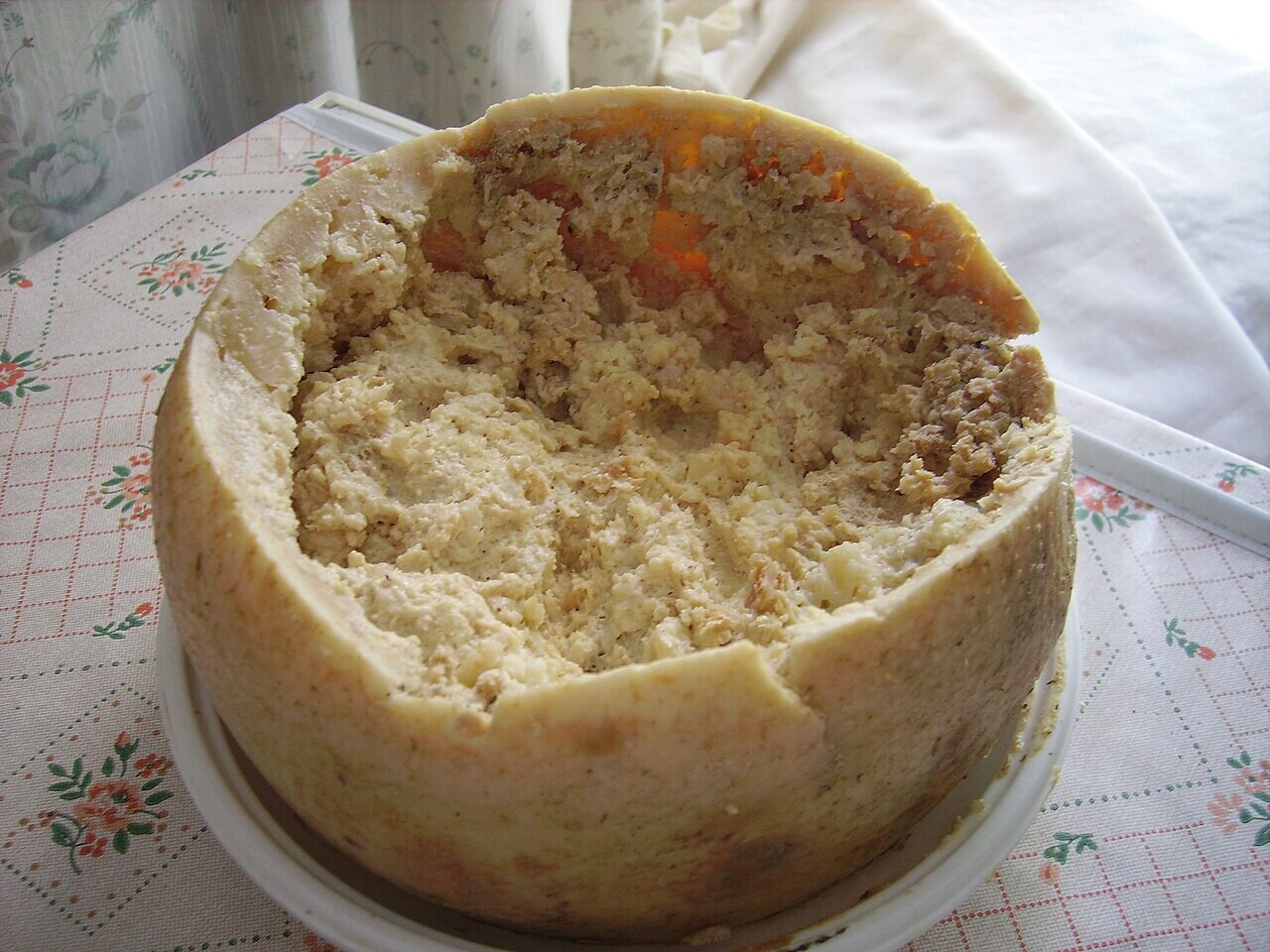5 Foods That Are Technically Alive

It’s an old joke for those who prefer their steak rare enough to be sent back by most people that it arrives at the table “still mooing.” Obviously, this is a bit of figurative language, both by basic anatomical requirements and due to the fact that any actual vocalization would cause deep mental anguish that doesn’t go well with any dinner. In common thought, the difference between “animal” and “meat” is usually whether the consciousness of the meal in question is still functioning. One well-placed pneumatic bolt and a cow suddenly becomes cow-shaped meat. In rare cases, though, the act of eating and death occur in the reverse of the usual order.
Here are five foods eaten while they’re technically still alive…
Oysters

I’m sorry if I’m ruining one of your favorite briny delicacies here. For me, this changes absolutely nothing, as I’ve never quite cottoned to the textural experience of downing one of Poseidon’s snot rockets like a Jell-O shot. Call me unrefined, but given the price of raw oysters, both my bank account and gag reflex are just fine with it.
Nevertheless, plenty of people consider it an outright treat to send a half-dozen oysters down their wet, pink internal waterslide. Whether it’s for that authentic briny sea taste, or their reputation as a fucked-up Viagra of the sea, any seafood spot worth its saltwater is likely to offer raw oysters. I wonder if it would change anything if the diners knew that, given that they’re served as fresh as humanly possible, often shucked tableside, and they’re often still experiencing whatever limited consciousness they possess all the way down to your tummy.
Sea Urchin

Another gourmet bit of ocean’s bounty that’s getting eaten alive is sea urchin. Honestly, I feel even worse for them than maybe any other animal: You can’t say they haven’t done everything possible to stop themselves from getting eaten. They took millions of years to grow an entire morningstar-head around their precious meats, only for us to figure out tools and downgrade that defense mechanism to a minor inconvenience. I imagine every time a little uni sees a pair of kitchen shears punch through their spiny shell, their first thought is “seriously?”
One thing that’s not helping sea urchins evade possibly the worst end-of-life-care ever administered is the fact that they go bad incredibly quickly. If you take one out of its shell and kill it, like a scene from the most nightmarish episode of Pokemon ever conceived, the meat will rapidly lose taste. Unfortunately for them, that means minimizing the sea-to-mouth time of transition is the name of the game, which ends with people often eating live sea urchin.
Blue Cheese

It’s going to be tough to intentionally gross out someone who’s already eating blue cheese. Nothing about the presentation, smell or taste suggests that anything going on in there is especially enjoyable to hear about. Like sausage, it’s something best considered as a brand new, history-less bit of dinner that popped into existence two hours before you set the table.
Most people already know that all cheese is just milk, spoiled in style. Blue cheese specifically, though, has one extra, icky detail, the same one referenced in the name. Those blue veins running the ramekin next to your buffalo wings are actually living mold. Specifically, penicillin. Honestly, Buffalo Wild Wings missed out big time on a Last of Us cross-over sauce.
Casu Marzu

Knowing you’re eating active mold isn’t particularly pleasant, but at least the blue streaks do you the favor of not actively moving around while you’re working them over. There is another cheese that pulls no such punches, and leans into the idea of cheese as a product of rot in disturbing fashion. The end product is a wheel that wouldn’t be served to anyone without a thorough warning, and looks more like it belongs on the Pale Man’s dining table in Pan’s Labyrinth than regular daily life.
This is the Sardinian specialty known as casu marzu. It translates as “rotten cheese,” which is bad enough, but man, does it get worse. What makes this cheese so special is that it’s purposely filled with fly eggs, which, as they do, turn into maggots that infest the cheese. You can’t even give it the benefit of a “you hardly notice them,” since when the top of the wheel is cracked open, they start wiggling in panic, the same way you might if your roof was suddenly lifted off by a gigantic cheesemonger.
I regret to inform you there are no more steps in between this reveal and consumption. Time to play a real-life, maggot-based round of Hungry Hungry Hippos.
Sannakji
There are no technicalities needed for our final entry, which is probably the one you’re most likely to have seen on TikTok. This is the Korean dish of sannakji, which is a young octopus eaten while still actively flailing its arms like it’s hammering out an undersea drum solo. If you’d like, in South Korea, you can go full Oldboy on a little tentacled fella and nobody will think you’re dealing with an immense amount of mental trauma. Besides the general unpleasantness, is it also a cruel thing to do to the octopus? Scientists say, yes. If you’re feeling especially bad, you can at least take solace in the fact that the dish does manage to take a few human lives with it.
Eli Yudin is a stand-up comedian in Brooklyn. You can follow him on Twitter and Instagram at @eliyudin and listen to his podcast, What A Time to Be Alive, about the five weirdest news stories of the week, on Apple Podcasts, Spotify or wherever else you get your podcasts.